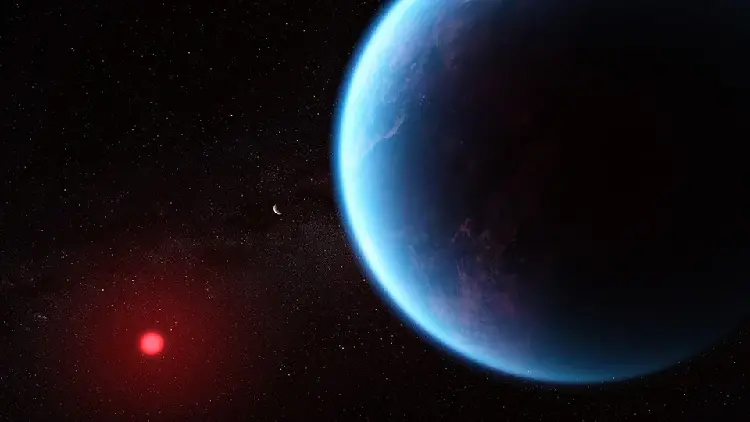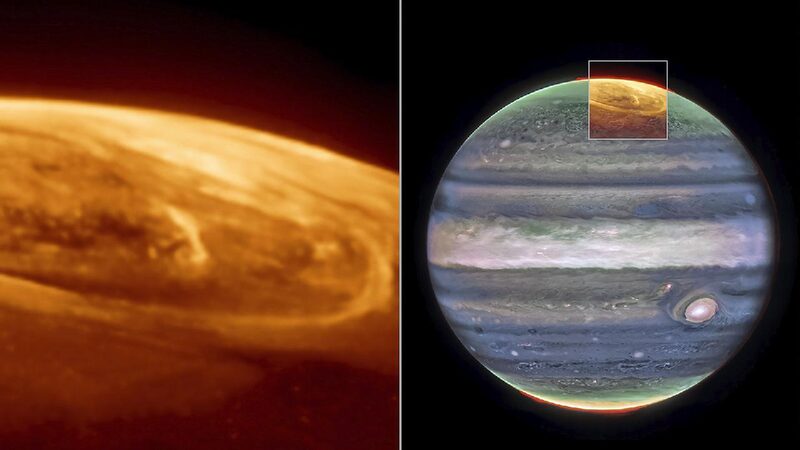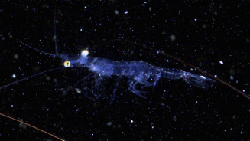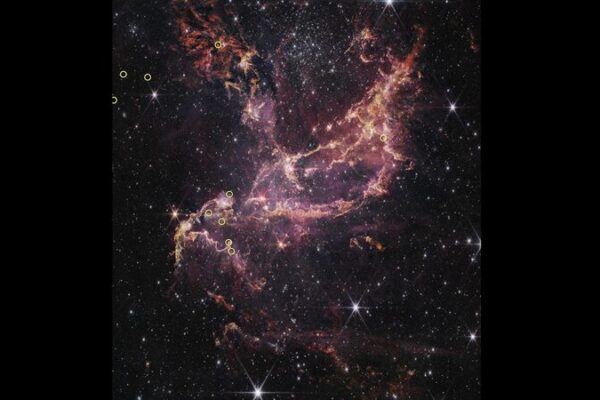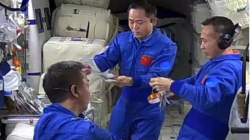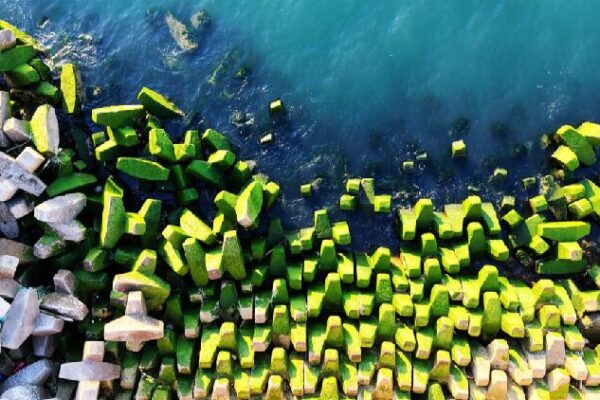Scientists using the James Webb Space Telescope have detected the strongest signs yet of possible life beyond our solar system. They have found chemical fingerprints of gases in the atmosphere of a distant planet named K2-18 b, which, on Earth, are produced only by living organisms.
The gases in question are dimethyl sulfide (DMS) and dimethyl disulfide (DMDS). On our planet, these gases are mainly produced by marine phytoplankton—tiny algae that form the base of the oceanic food chain. The presence of these gases on K2-18 b suggests that this exoplanet might be teeming with microbial life.
However, scientists are cautious. They are not announcing the discovery of actual living organisms, but rather a possible biosignature—an indicator of biological processes. More observations are needed to confirm these findings.
“This is a transformational moment in the search for life beyond the solar system,” said astrophysicist Nikku Madhusudhan of the University of Cambridge’s Institute of Astronomy. “We have demonstrated that it is possible to detect biosignatures on potentially habitable planets with current facilities.”
K2-18 b is a planet located about 124 light-years away from Earth in the constellation of Leo. It is 8.6 times more massive than Earth and orbits in the “habitable zone” around a red dwarf star, where liquid water could exist on the planet’s surface.
Scientists categorize K2-18 b as a “hycean world”—a type of exoplanet that is covered by a vast ocean and has a hydrogen-rich atmosphere. These worlds could potentially harbor microbial life similar to the microorganisms found in Earth’s oceans.
Using the James Webb Space Telescope, researchers have previously identified methane and carbon dioxide in K2-18 b’s atmosphere. The detection of DMS and DMDS adds to the evidence that this planet could be habitable.
“The only scenario that currently explains all the data is one where K2-18 b is a hycean world teeming with life,” Madhusudhan explained. “However, we need to remain open and continue exploring other possibilities.”
Detecting such gases is done by analyzing the light from the planet’s host star as K2-18 b passes in front of it, a method known as the transit method. The James Webb Space Telescope can detect changes in the star’s brightness and analyze the starlight that passes through the planet’s atmosphere, revealing its chemical composition.
While the findings are exciting, scientists emphasize the need for caution. “We must be very careful to test the data as thoroughly as possible,” said Christopher Glein, a principal scientist at the Southwest Research Institute.
Further observations and studies are needed to confirm the presence of these gases and rule out non-biological explanations for their existence. If confirmed, this discovery could bring us one step closer to answering the age-old question: Are we alone in the universe?
Reference(s):
Scientists find strongest evidence yet of life on an alien planet
cgtn.com
